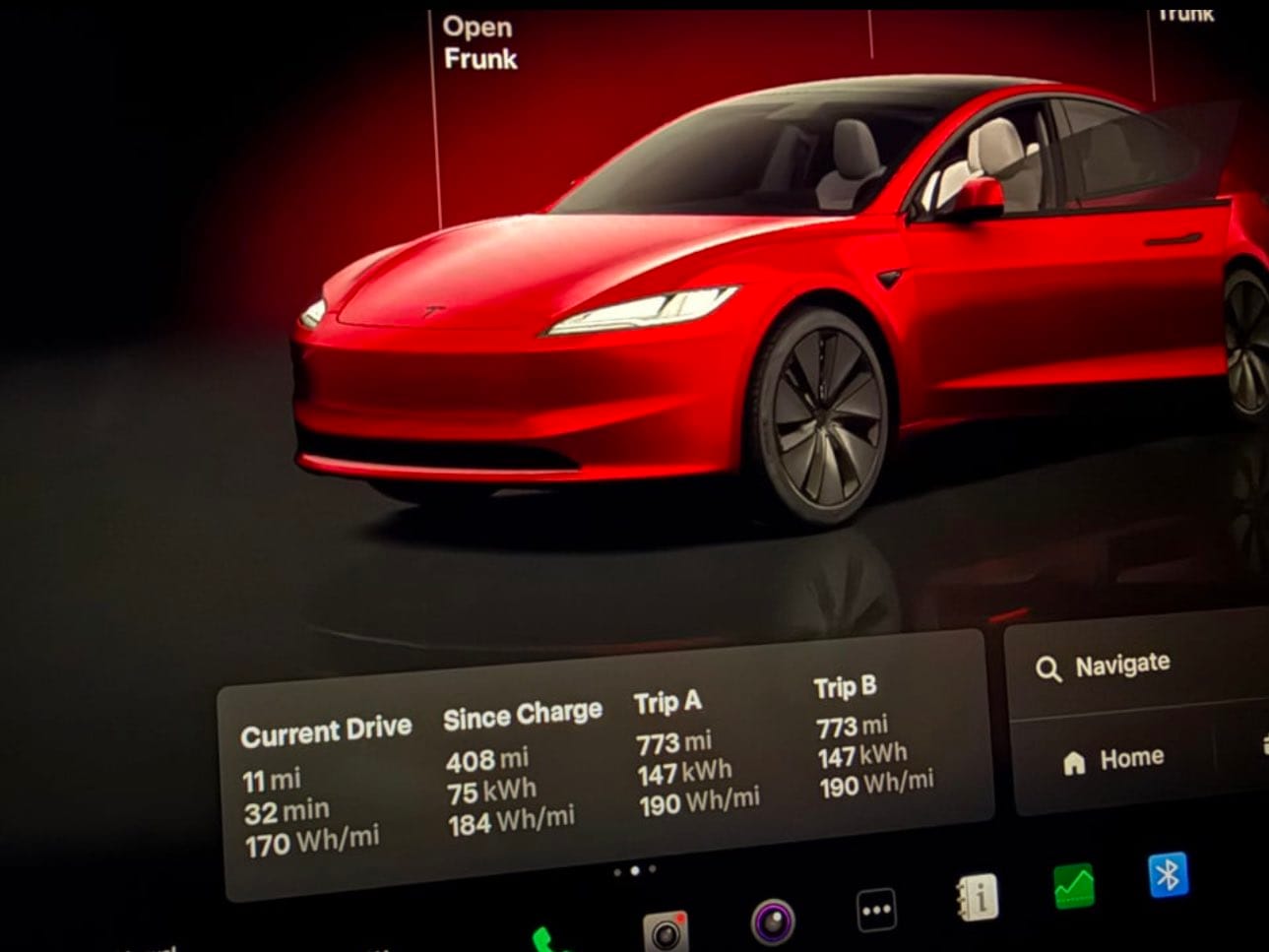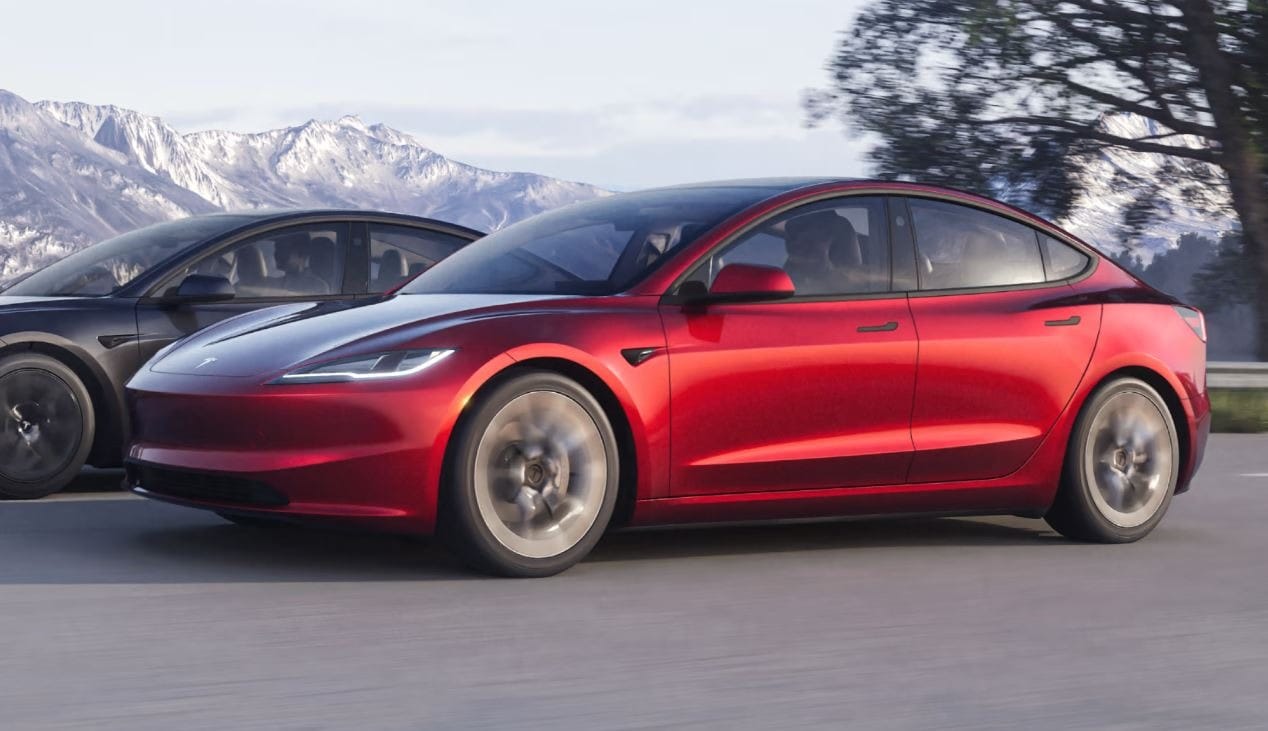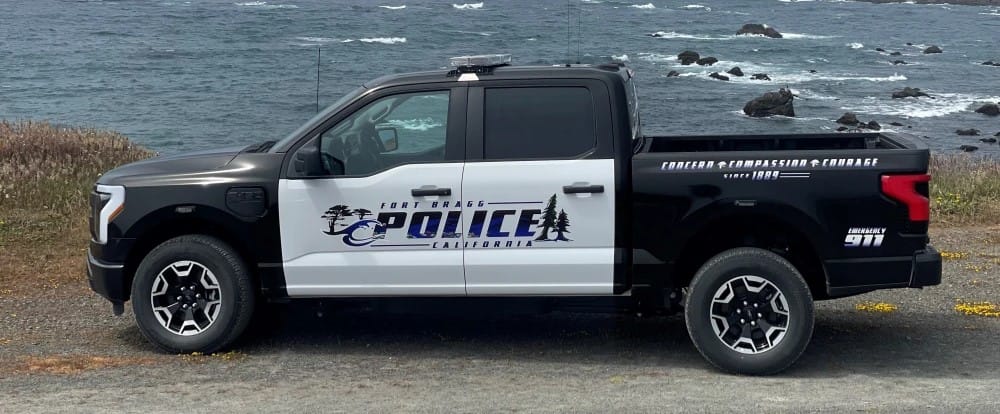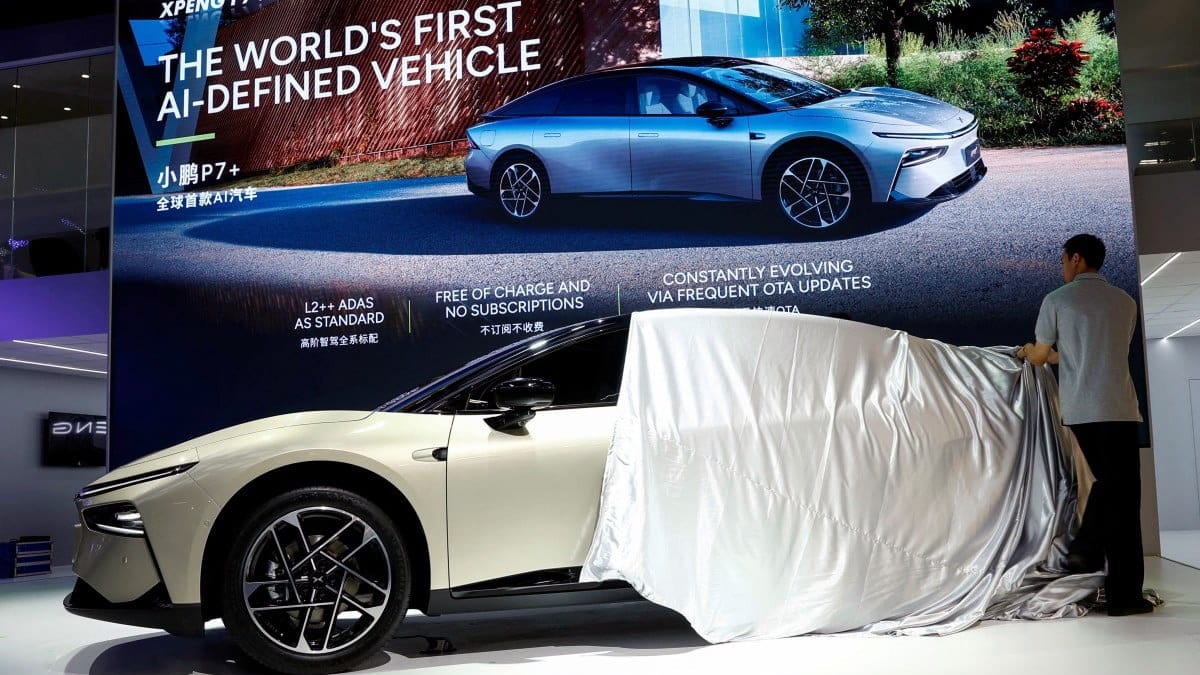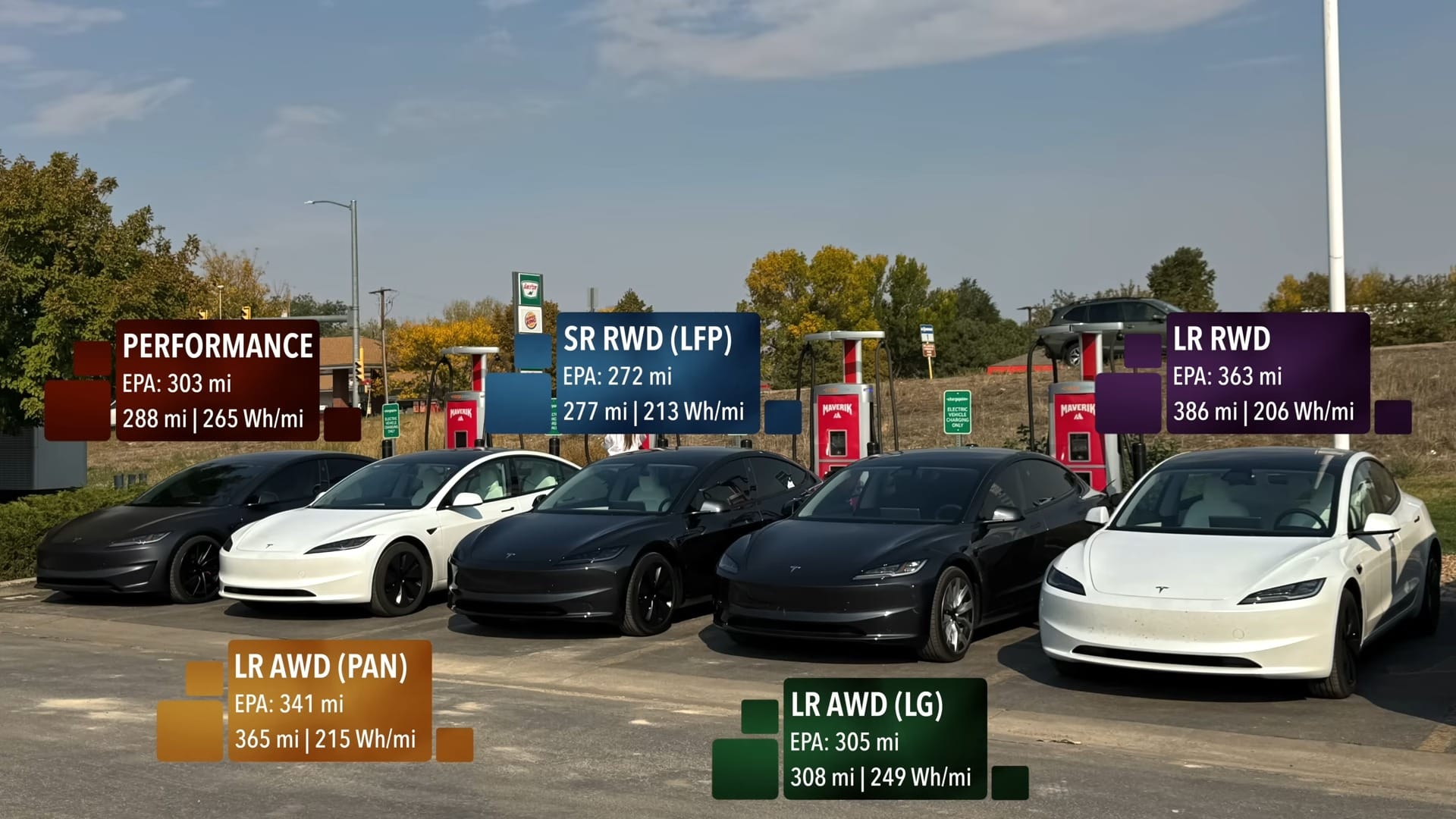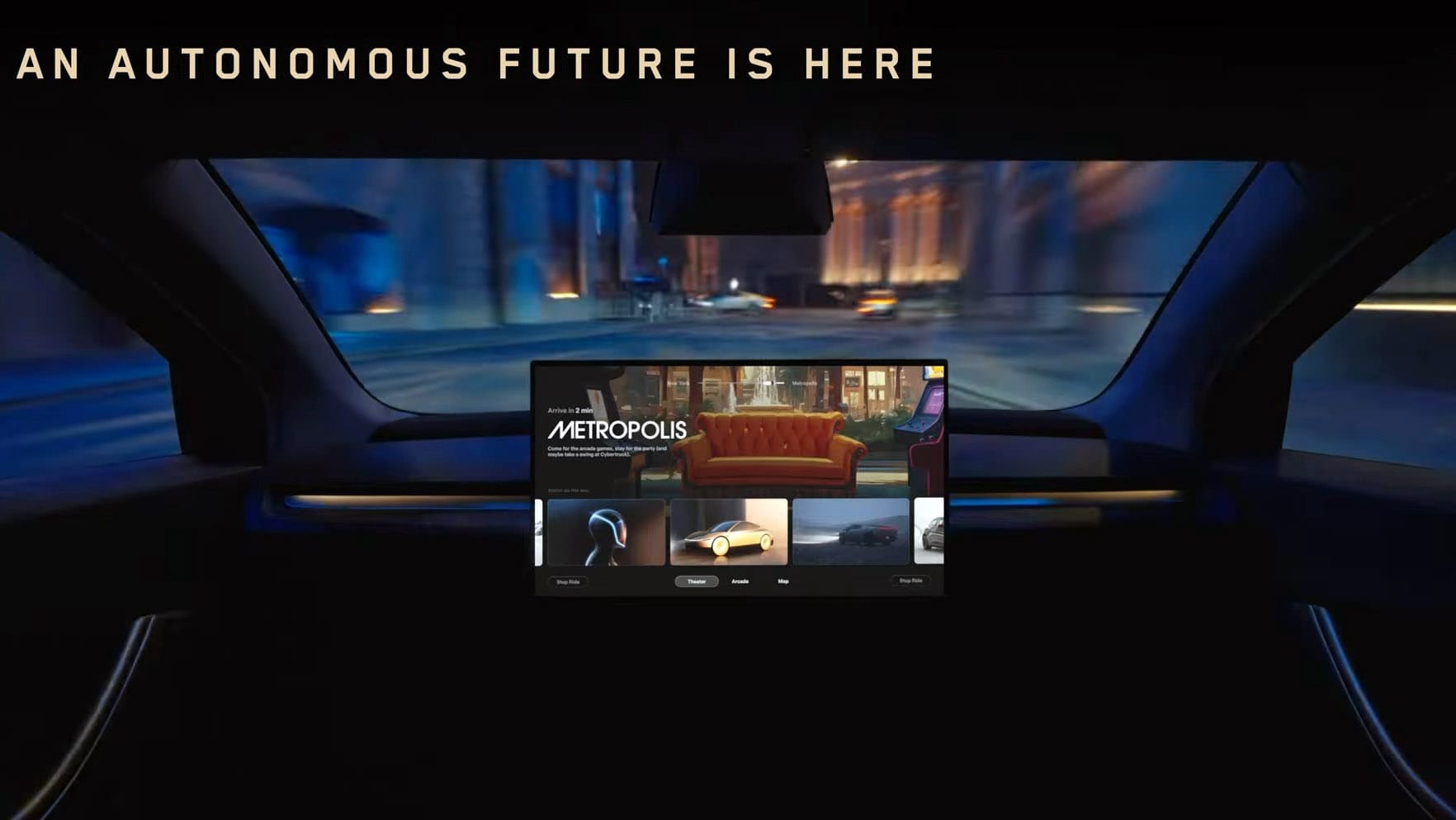Automotive industry experts have been signaling for quite some time that while electric vehicles could be less expensive to manufacture and maintain, increasing repair expenses and insurance rates might negate those benefits.
Study Findings
A recent study highlights that the Tesla Model 3 ranks as the most economical car to own among the top-selling mass market vehicles in the United States, with the Model Y also making it into the top ten of this list.
The total yearly ownership cost of the Model 3 sits at $5,061, which is just $43 less than the next vehicle on the list, a gasoline-powered Hyundai Elantra. Following closely is the Toyota Corolla, which has annual expenses of $5,182, not much above that of the Model 3.
Cost Breakdown
The small difference in yearly ownership costs between Tesla’s least expensive electric model and others is largely because its low fuel and upkeep expenses are outweighed by its elevated premiums, fees, and taxes.
For instance, the typical cost to insure a Tesla Model 3 in the U.S. is $2,241, compared to $1,511 for a Corolla. Moreover, Model 3 owners shell out an average of $1,041 for fees and taxes, double what Hyundai owners generally pay.
Tesla Model Y Comparison
Similarly, the Tesla Model Y, which ranks as the seventh most cost-effective vehicle to operate in the U.S., has its low charging costs of $708 and maintenance fees of $1,339 overshadowed by its hefty insurance premiums of $2,399 annually, second only to the Model S.
Indeed, Tesla vehicles are the priciest to insure among mass-market cars in America, and the study does not even take into account the Cybertruck, which is not classified as a best-selling mass-market vehicle.
Insurance Challenges
The high insurance costs are attributed to the scarcity of parts, the complex gigacast components that are hard to repair, and the expensive battery replacements that often lead insurers to declare an EV a total loss after a serious accident instead of repairing it.
Rental company Hertz faced this reality when it ordered 100,000 Model 3 cars from Tesla and quickly flooded the second-hand market with them just two years later, citing price declines, slow repair processes, and soaring insurance expenses.
Rising Taxes
Moreover, many states have begun to increase road taxes on electric vehicles, arguing that their heavier weight causes more wear and tear on public roads, contributing to the growing expenses of EV ownership.
Nonetheless, the Tesla Model 3 and Model Y do have one clear advantage over gasoline-powered vehicles: their yearly fuel and maintenance costs are significantly lower than those of internal combustion engine cars.
Source:
Link


